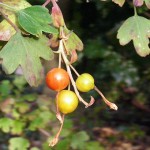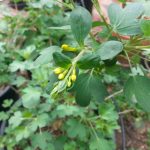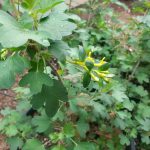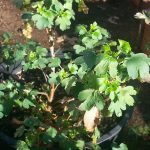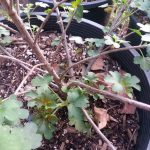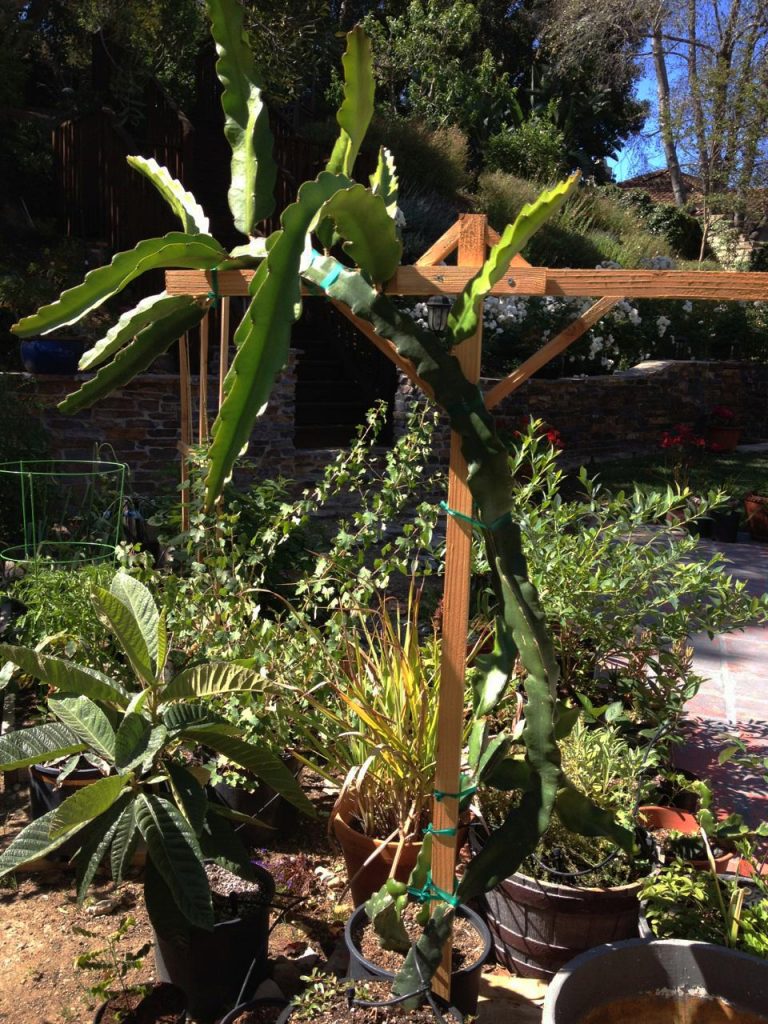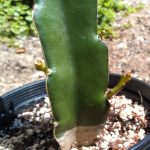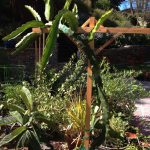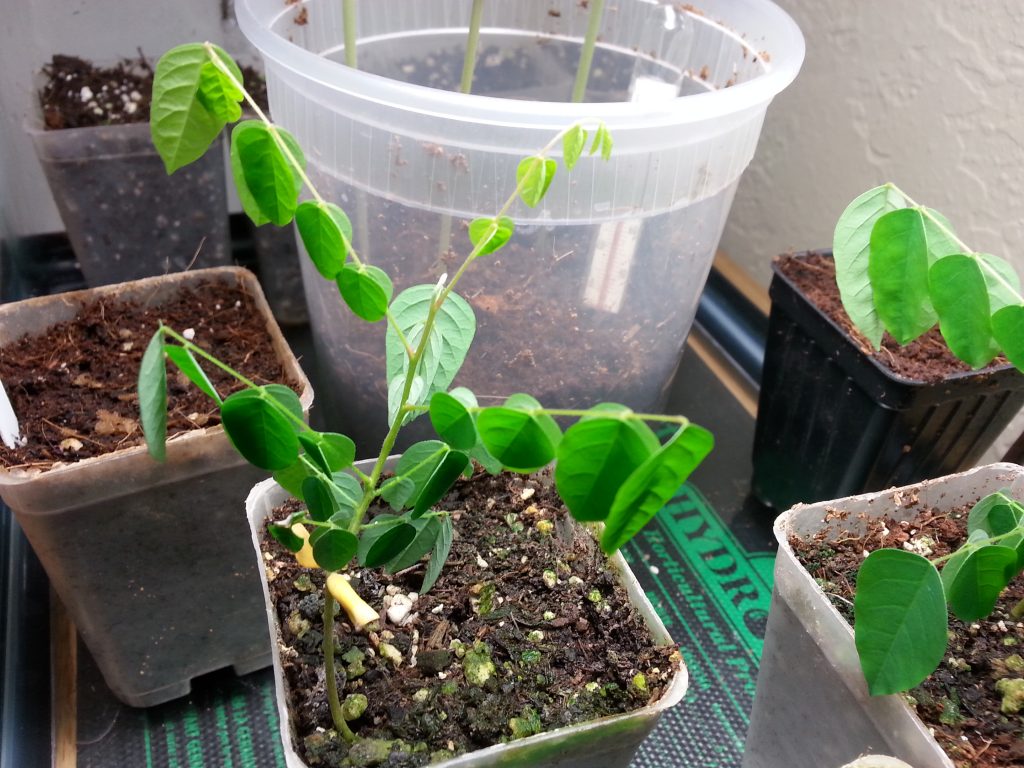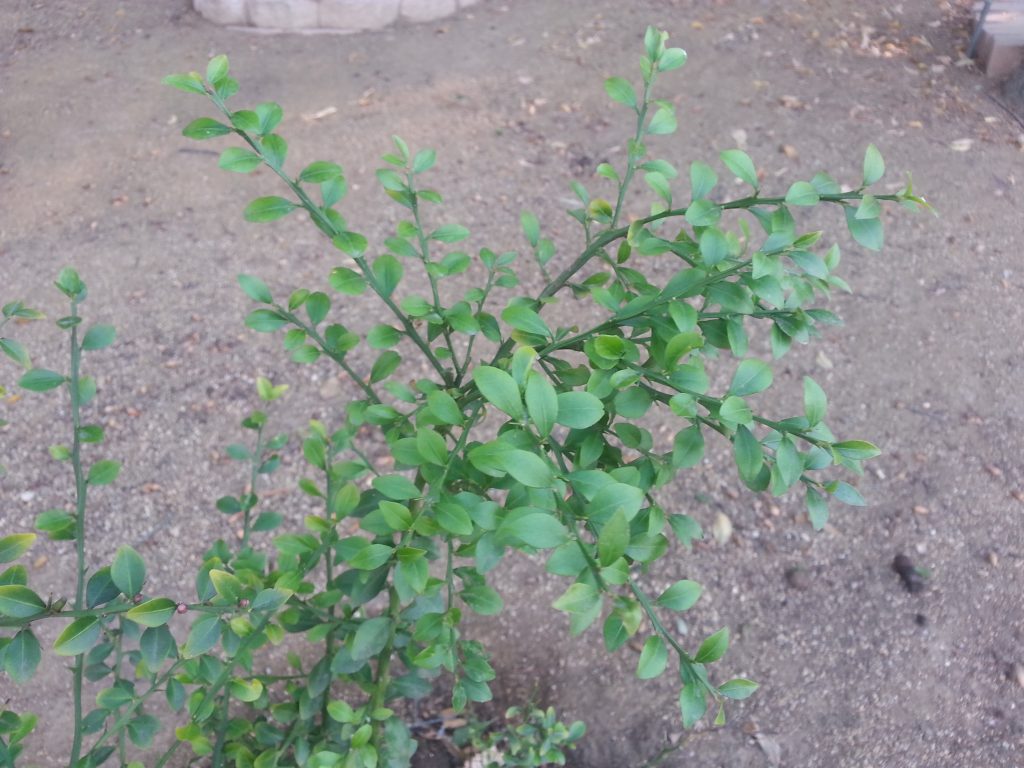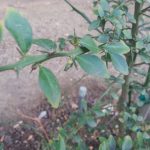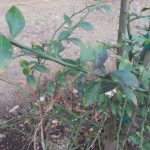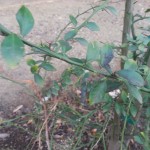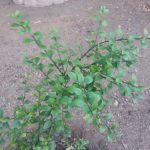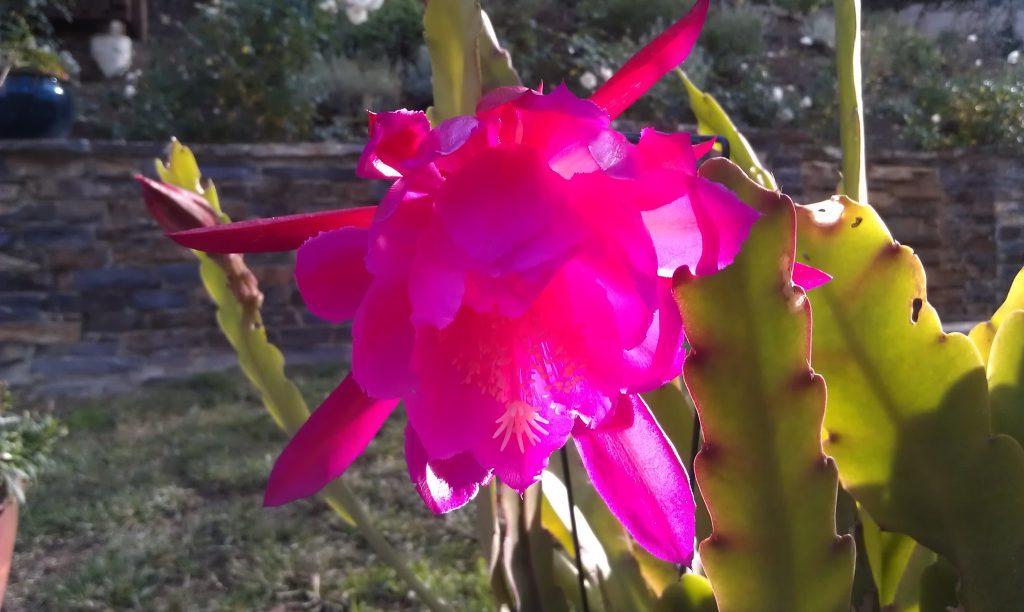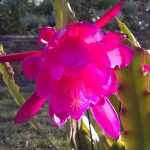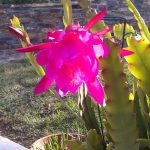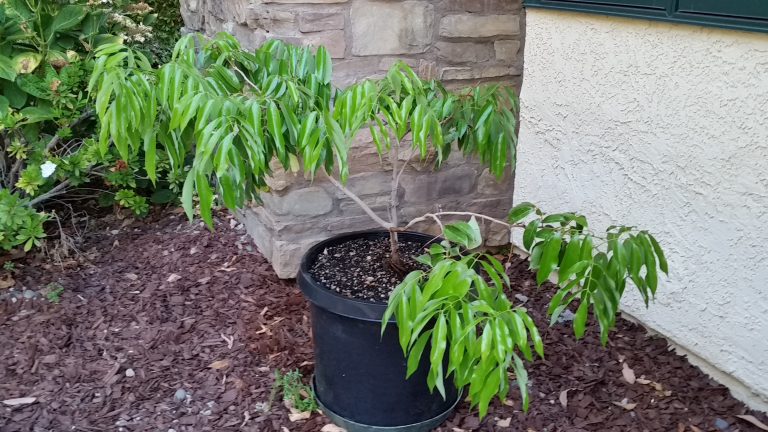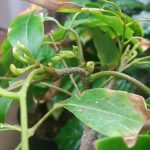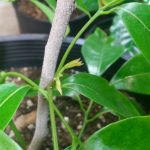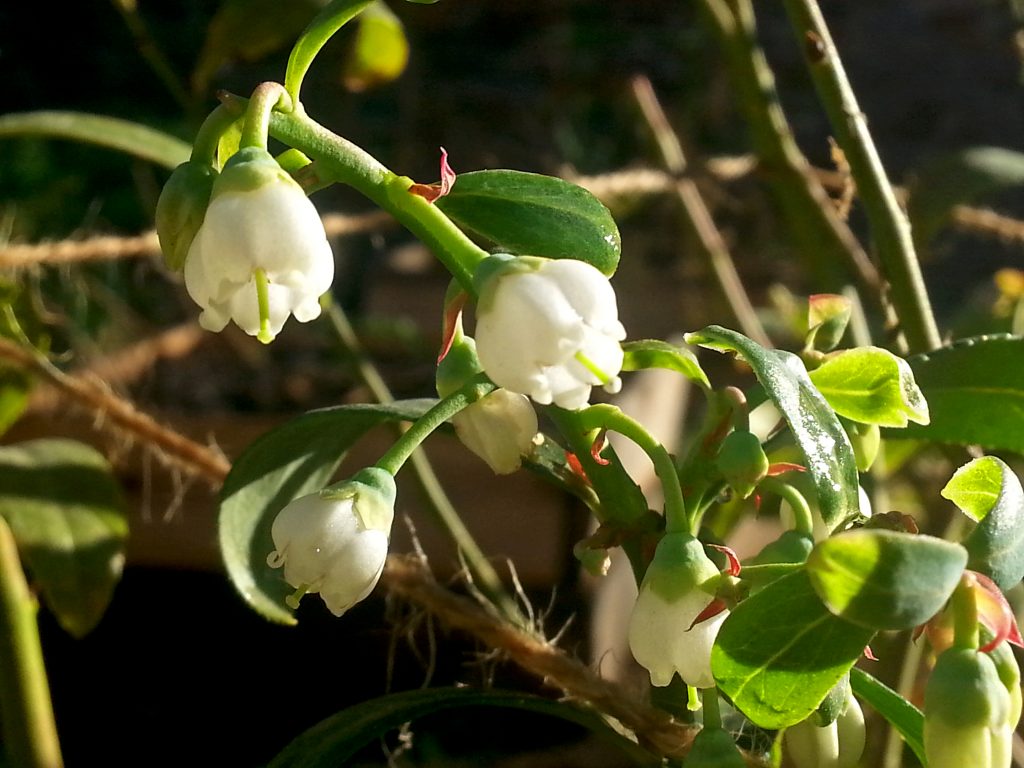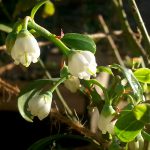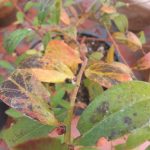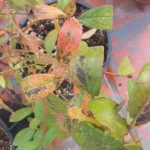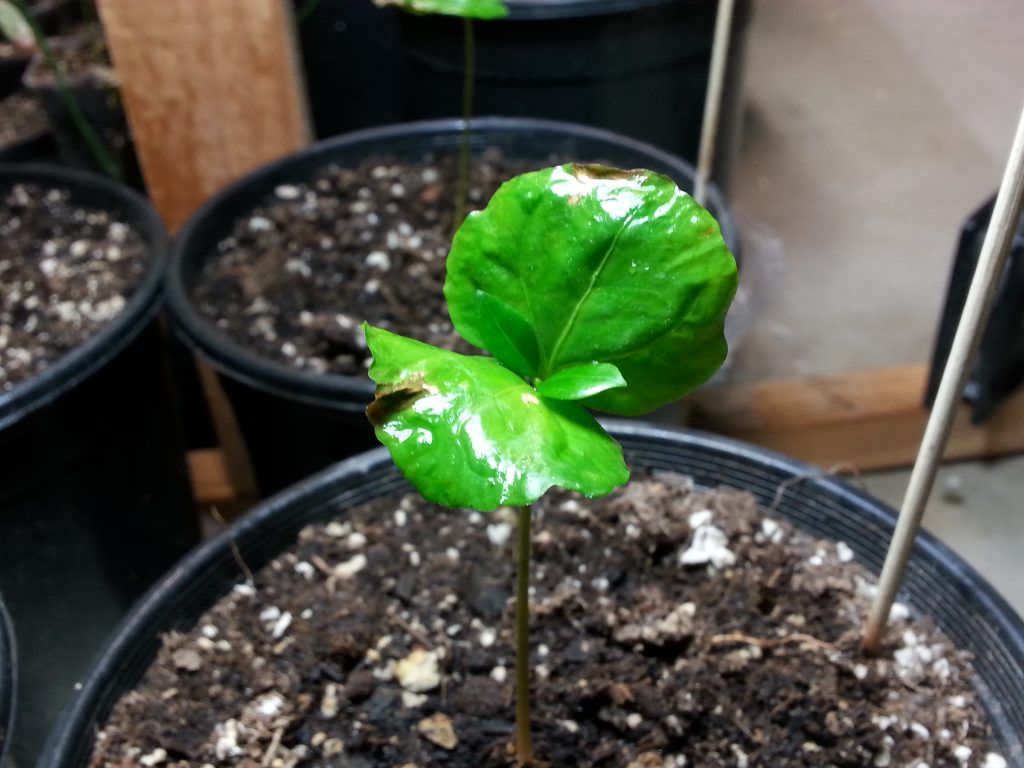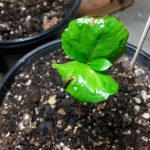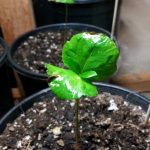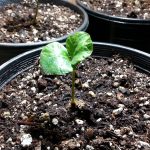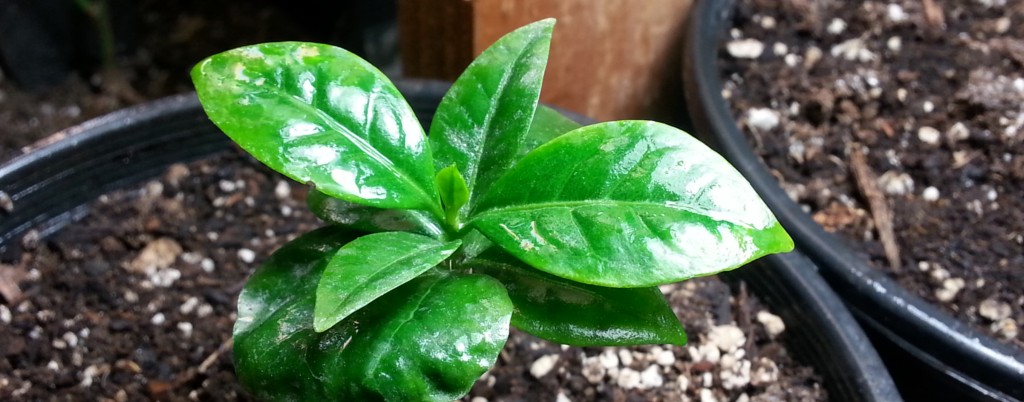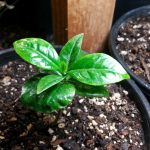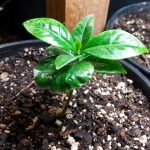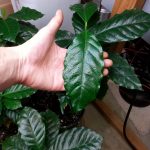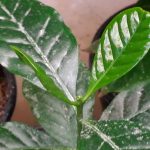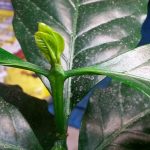Golden Currant
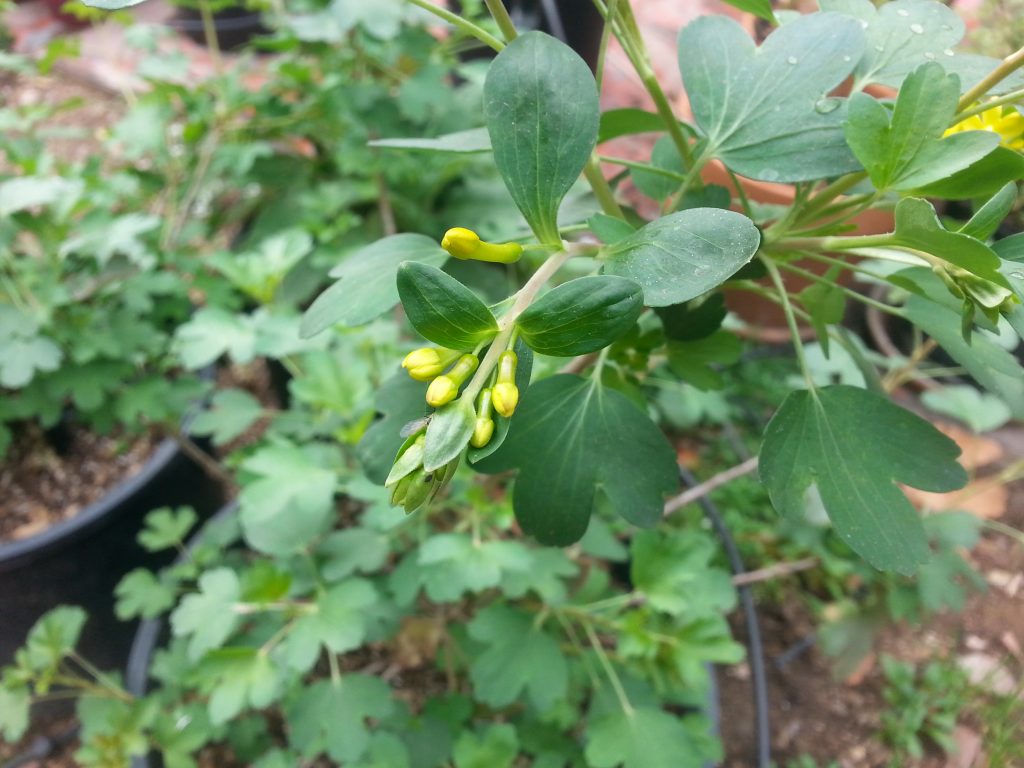
Ribes A. Gracillimum on the other hand, is less hardy to extreme cold, can tolerate temperatures below freezing but not to the extreme of A. Aureum. It also tolerates heat, and drought, exceptionally well. Ribes A. Gracillimum is a native Southern California drought tolerant plant, and grows well in Southern California chaparral, under oaks, and in southern oak woodlands.
The Ribes A. Gracillimum is an attractive plant, produces and abundance of early spring flowers, yellow in color, aesthetically pleasing and attractive to hummingbirds, bees, and butterflies.
The fruits range in size up to about 1cm, and during maturation change from yellow, to orange, to red in color. The fruit of the Ribes A. Gracillimum is quite palatable. Fruit has been used by Native Americans a variety of ways, fresh, dried, etc. We enjoy this fruit fresh in the Gardenisto garden.
The golden currant can also be grown well in containers that drain well, and pair nicely in the garden with the Hummingbird Sage (Salvia spathacea), another attractive native to southern and central California.
